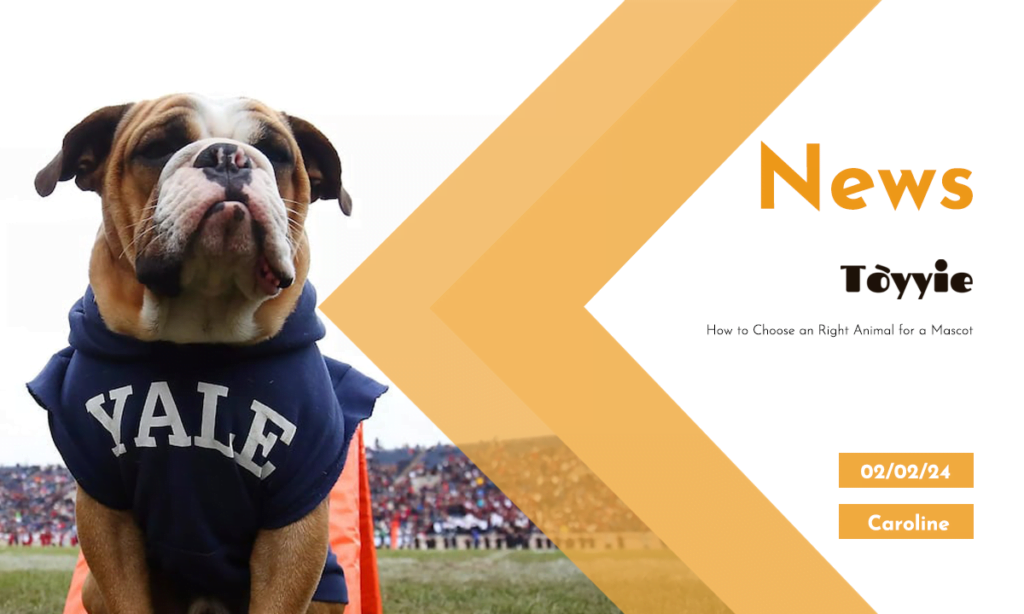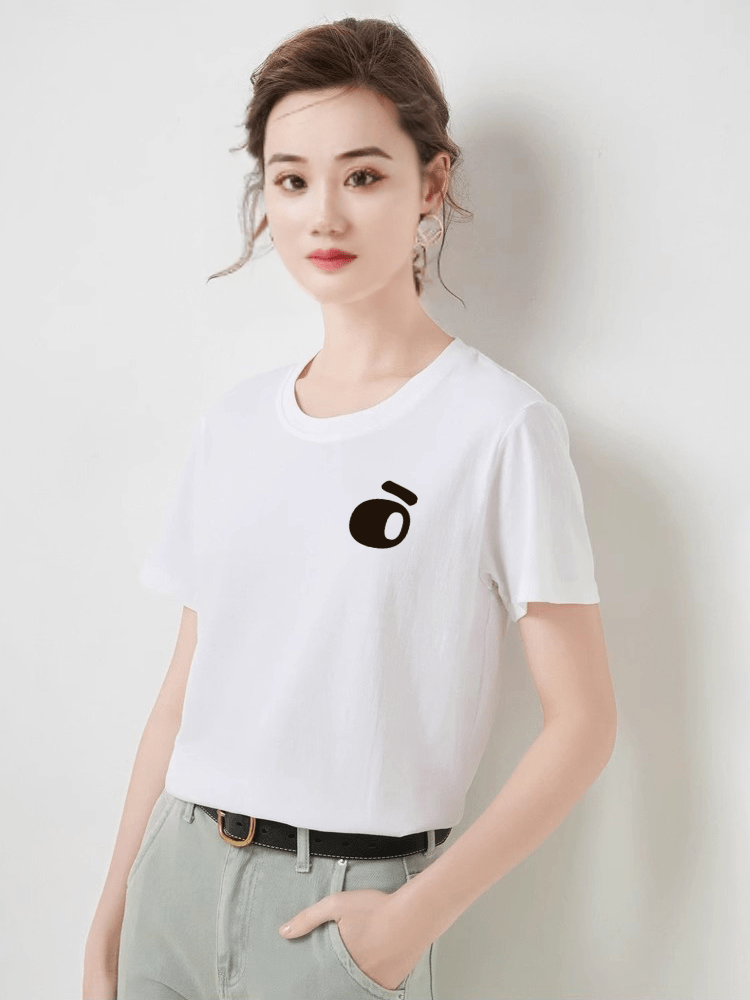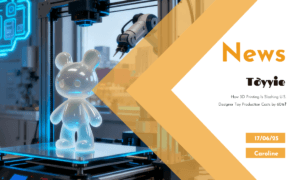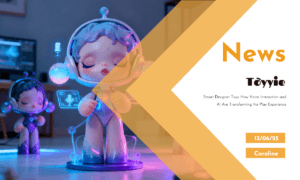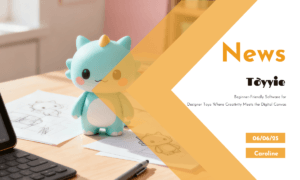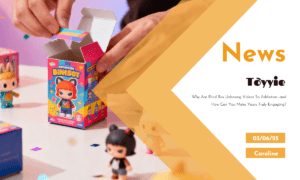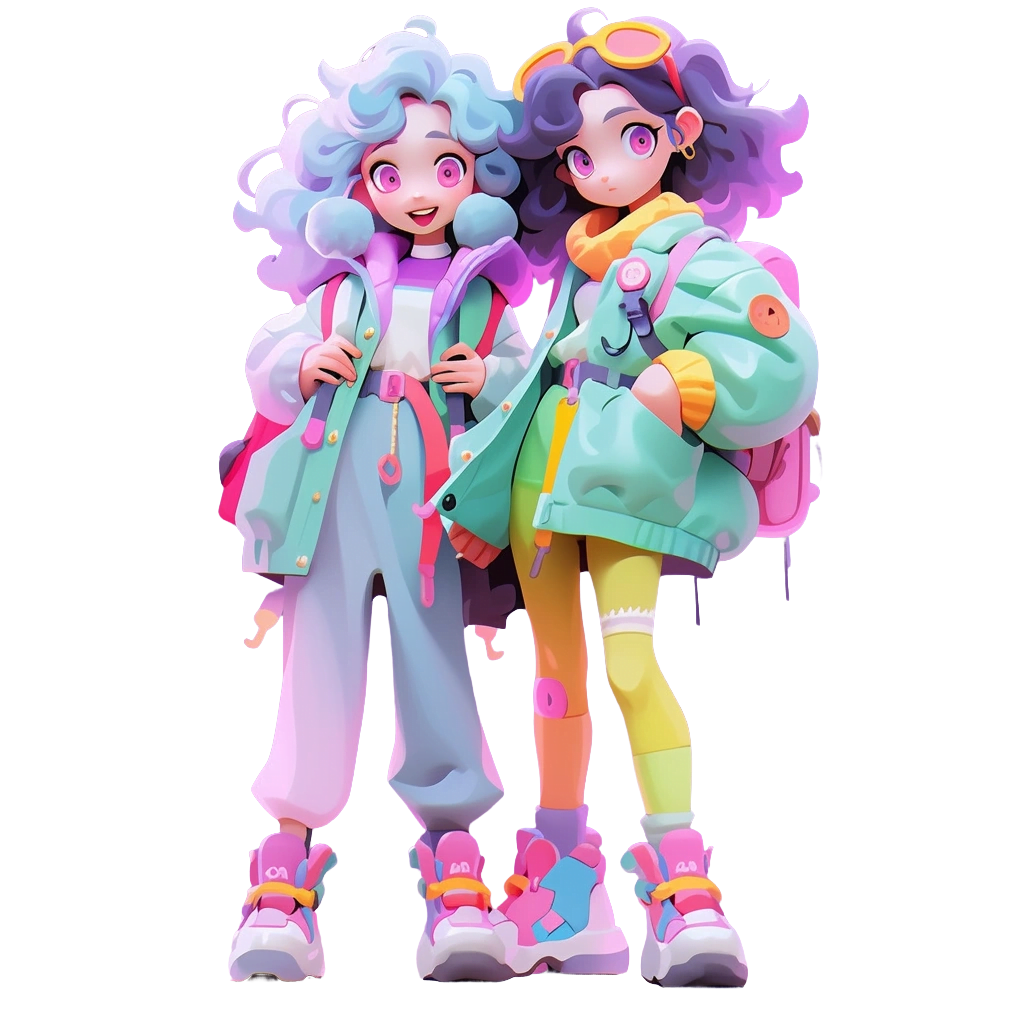Define Mascot Characteristics
Before choosing an animal, it’s essential to define the characteristics of the mascot. This includes cuteness, approachability, and traits consistent with the brand or organization’s image. Consider the following:
- Cuteness: Smaller animals often resonate more with audiences, and those with features like big eyes and round faces are particularly popular.
- Approachability:Domestic and pet animals are generally more beloved, and those with a friendly appearance and demeanor make excellent mascots.
Examples from Successful Cases:
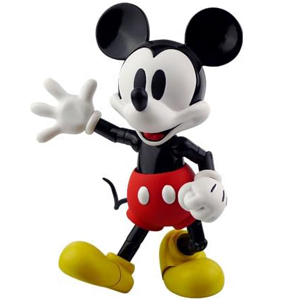

Mickey Mouse
Disney’s iconic mascot, Mickey Mouse, is renowned for its large eyes, big ears, and friendly smile, embodying cuteness and approachability.
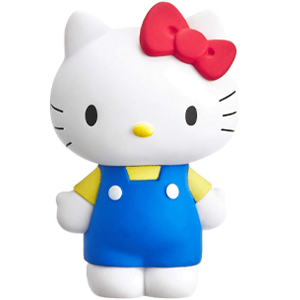

Hello Kitty
The mascot of Sanrio, Hello Kitty, is beloved for its petite stature, face without a mouth, and pink appearance, showcasing unique and adorable features.


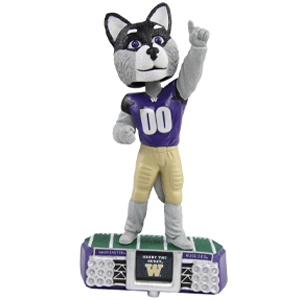

Husky
In sports teams, huskies are chosen as mascots for their fluffy appearance, blue eyes, and amiable nature, bringing joy to fans.
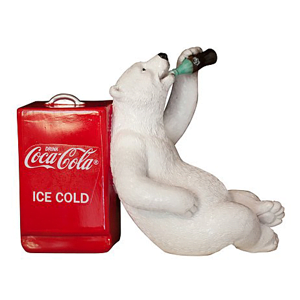

Coca-Cola's Polar Bear
This bear, with its round shape and amiable expression, serves as a symbol of Coca-Cola’s friendliness and lovability.


Consider Animal Uniqueness
Choosing a unique animal can attract more attention. This could be a species unique to the local or cultural context or a breed with distinct appearances. Consider whether the animal can represent the brand or organization’s uniqueness and core values.
Examples:
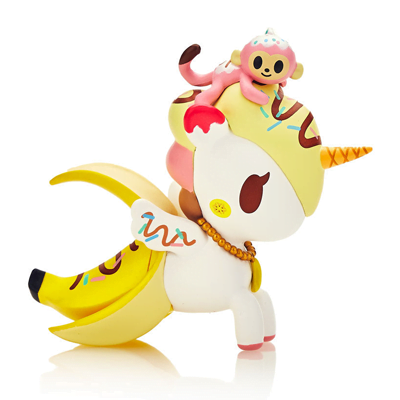

Unicorn
Unicorns, considered mystical and unique creatures, are often chosen as mascots symbolizing purity and luck.
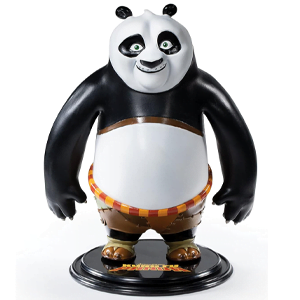

Panda
A symbol of Chinese culture, pandas represent peace and friendship, making them globally popular as mascots, especially in major events like the Olympics.


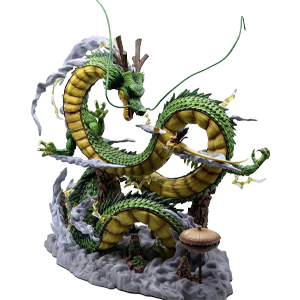

Dragon
In many Asian cultures, dragons are revered creatures symbolizing power, nobility, and good fortune, making them suitable as mascots for certain occasions.
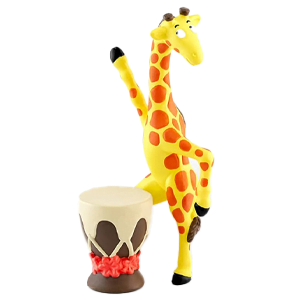

Giraffe
Adored for its unique appearance and gentle nature, giraffes are used as mascots in some brands, capturing attention with their distinctiveness.


Consider Symbolic Meaning
Different animals hold diverse symbolic meanings in cultures. Ensure the chosen animal aligns with the brand or organization’s core values and conveys the intended image. For instance, a lion may symbolize courage and strength, while a rabbit may represent speed and cleverness.
Analyze Successful Cases
Studying past successful mascot cases, especially observing Olympic and corporate mascots, helps understand how animals were chosen to effectively convey core messages.


Olympic Mascots
The mascots chosen for various Olympic Games represent the culture and image of their respective countries. For example:
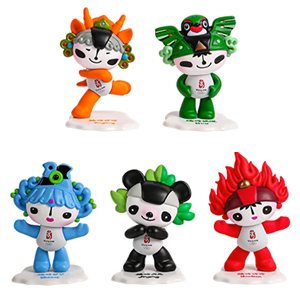

Beijing 2008 Olympics - Fuwa
These cute mascots, representing China’s five elements, became internationally recognized symbols, showcasing cultural diversity.


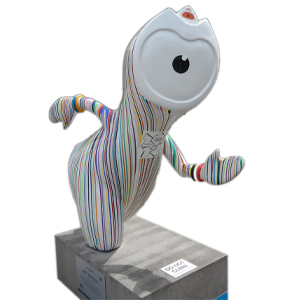

London 2012 Olympics - Wenlock and Mandeville
These unique mascots, representing the Olympics and Paralympics, incorporated traditional elements, successfully connecting with the local culture.
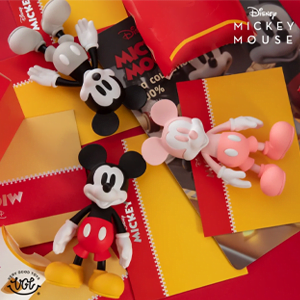

Corporate Mascots
Mascots like Mickey Mouse and Coca-Cola’s Polar Bear effectively integrate animal characteristics with brand images.


Target Audience Analysis
Understanding the preferences of the target audience is crucial. Consider factors such as age, cultural background, and attitudes toward different animals to ensure the mascot resonates with them.
Examples:
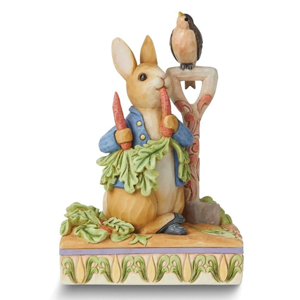

Children's Audience
For children, choosing cute and colorful animals like bears, rabbits, or kittens is effective, appealing to their preference for adorable and friendly images.
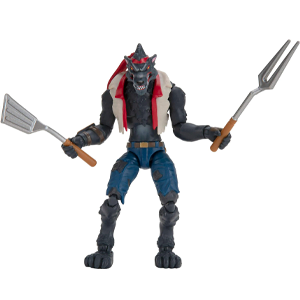

Teenage Audience
Teenagers may lean toward fashionable and unique animal images like wolves, foxes, or cheetahs, aligning with their pursuit of individuality.


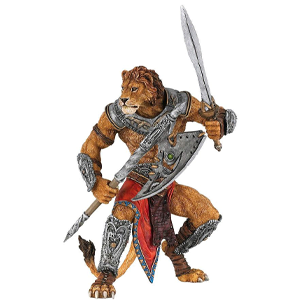

Adult Audience
Consider animals with deeper symbolic meanings for adults, such as eagles for strength and ambition or lions for courage and leadership.
Maintain Brand Consistency
Lastly, the chosen animal should align with the brand or organization’s image. Mascots reinforce brand information through animal features, leaving a lasting impression.
Examples:
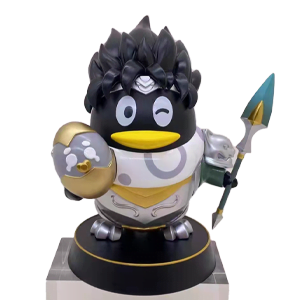

Entertainment Brand
Choose lively and fun animals like monkeys or penguins to convey joy and a relaxed brand atmosphere, aligning with the entertainment industry.


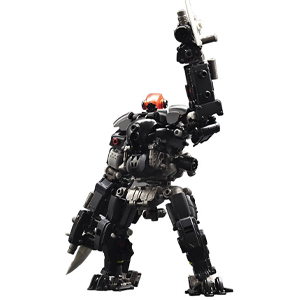

Tech Company
Opt for futuristic animals like robots or extraterrestrial beings to reflect innovation and advanced technology, fitting the tech industry’s leading image.
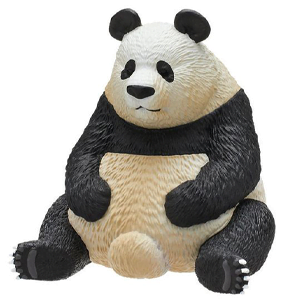

Environmental Organization
Select animals associated with nature, such as pandas or sea turtles, to emphasize environmental protection and sustainability, aligning with the organization’s mission.


A Friendly Reminder
Choosing an animal suitable for a mascot is a key factor in successful design. Through a comprehensive consideration of mascot characteristics, uniqueness, symbolic meaning, target audience preferences, and brand consistency, we can create a mascot that perfectly aligns with the brand or organization’s image. This process goes beyond designing an image; it involves creating a powerful representative for the brand, becoming an essential element in promotional activities. Following these six steps ensures that a mascot not only captures attention but also deeply resonates, making it an indispensable part of brand communication.
References:
[1] Smith, J. (2019). The Power of Mascots in Branding. Marketing Journal, 45(2), 78-92.
[2]Olympic Games Official Website. (https://www.olympic.org/)

